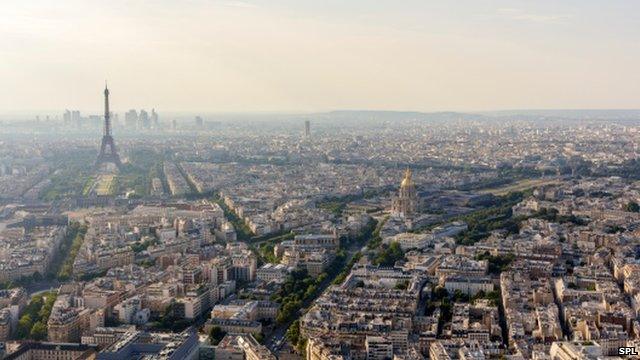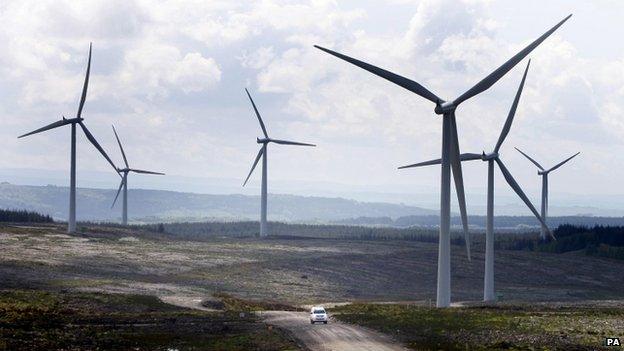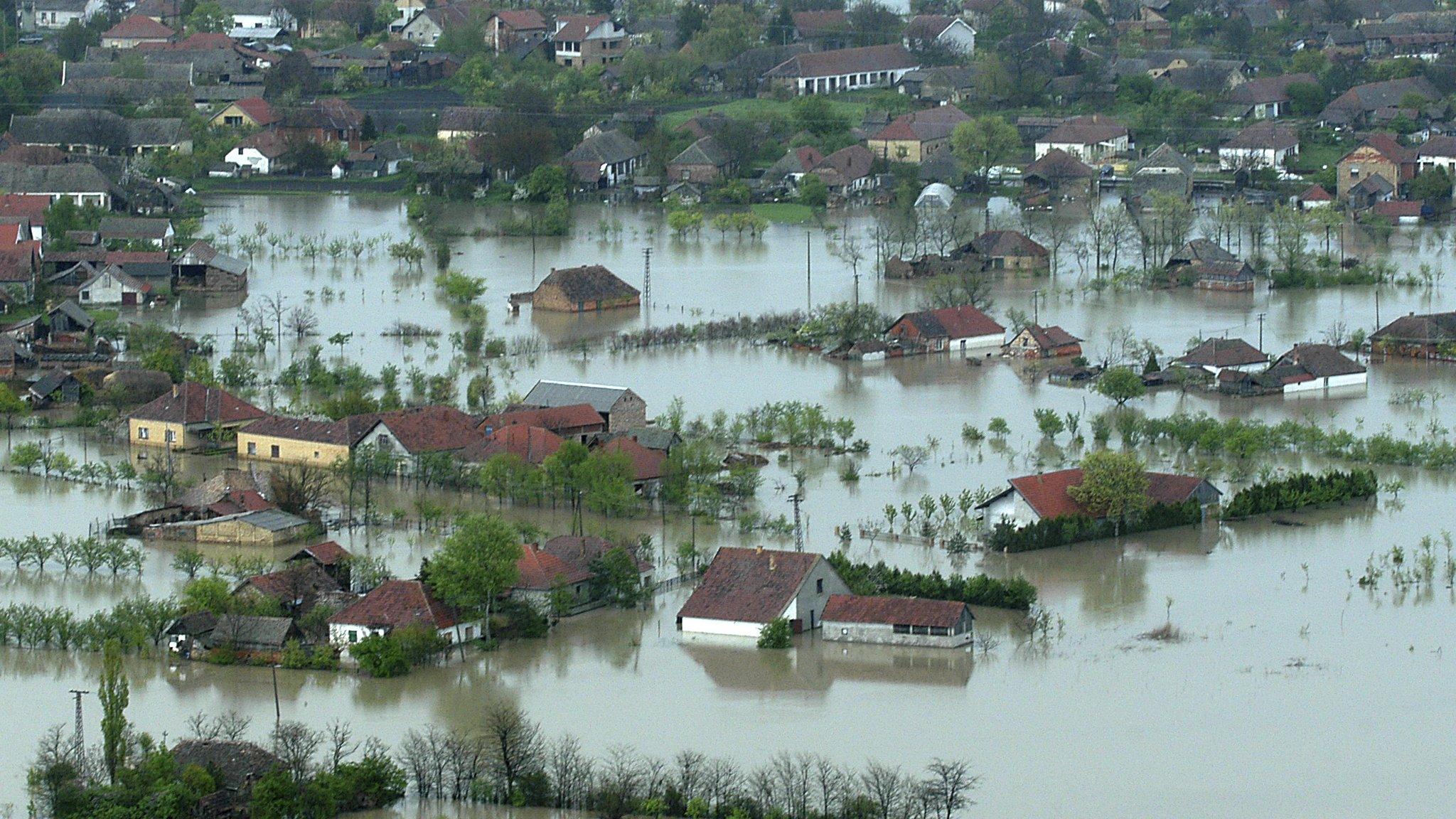Climate change: The bumpy road to the Paris talks
- Published

In little more than six months' time representatives of almost 200 countries will sit down in Paris to thrash out a deal on climate change.
The momentum is building, with environmentalists, politicians and scientists all keen to avoid what one called a "Copenhagen 2 scenario".
Behind the headlines there appears to be an effort to manage expectations.
And a whole new lexicon is building around the talks at the end of the year.
Take INDCs - Intended Nationally Determined Contributions, external. These are the actions to reduce carbon emissions which countries are pledging to commit to from 2020 onwards.
Scientists are already warning that the goal of limiting climate change to no more than 2 degrees over pre-industrial levels looks set to fail, based on an analysis of the submissions, external declared so far.
Only this month, research led by Professor Nicholas Stern, a prominent UK voice on climate change, said: "It seems unlikely that the pledges from all countries before the Paris summit will collectively be sufficient to bridge the gap to an emissions pathway that is consistent with the limit of 2°C."
Low carbon world
But others appear more optimistic. Johan Rockstrom, of the Stockholm Resilience Centre in Sweden, told me in April that the world had moved on since Copenhagen, and was now better informed.
"We have so much more evidence compared to 2009 on the opportunities to succeed in the transformation towards a low carbon world economy, and secondly we have much more science to support the necessity of urgent action," he said.
"Solar and wind technology in particular is now at grid parity - or is competitive compared to fossil fuels."
In preparation for the Paris summit, an interim UN meeting is getting under way in Bonn, Germany.
Several INDCs are already in, including the pledges of large emitters such as the EU and the US.


The Paris talks
UN negotiations are in progress to develop a new international climate change agreement that will cover all 195 countries
The new agreement is set be agreed at the Paris climate conference in December 2015 and implemented from 2020
The climate conferences in Warsaw (2013) and Lima (2014) agreed that all countries were to put forward their proposed emissions reduction targets for the 2015 agreement as "INDCs" before the Paris conference
The UN will publish these contributions and prepare a synthesis report by 1 November to assess whether they put the world on track to keep global warming below 2 degrees
Before the Paris conference, negotiations will continue at interim meetings in June, September and October in Bonn
Source: European Commission

Once all are in by the autumn, they will be put into something that resembles a giant spreadsheet, which will form the basis of the negotiations in December.
It is this process that makes Paris very different from previous climate talks.
Paradigm shift
According to Oliver Geden, from the German Institute for International and Security Affairs, there is a paradigm shift under way in international climate policy, with the move from a top-down to bottom-up approach. And it creates a paradox.
"If you look at it from a procedural point of view, INDCs are a success," says Dr Geden. "If you look at it from an outcome point of view, it's clearly not enough to keep us below 2 degrees."
So what can we expect to see in the coming months?
Scientists will continue to warn of the need to meet the 2 degree target, and there will be more calls for governments to aim for 1.5˚C instead. And nature could pile the pressure on politicians by the end of the year.
The link between extreme weather and climate change is hotly debated, but imagine a scenario where an El Nino is disrupting weather around the world and temperatures are heading towards the record books, just as ministers are meeting in Paris.
And, while climate change deals don't tend to produce the sort of national success stories that can be touted about at elections, politicians can't afford not to come up with some kind of deal. They may well talk of keeping 2 degrees "within reach".
If the agreement, or, more likely multiple agreements, ends up wide of the mark, there is already talk of building in ratcheting-up mechanisms for after Paris and perhaps a new round of INDCs.
What could come out of Paris is a framework of huge complexity attempting to knit together a mishmash of different goals and time frames.
There's a chance the public will be left mystified about what it all means.
- Published22 April 2015
